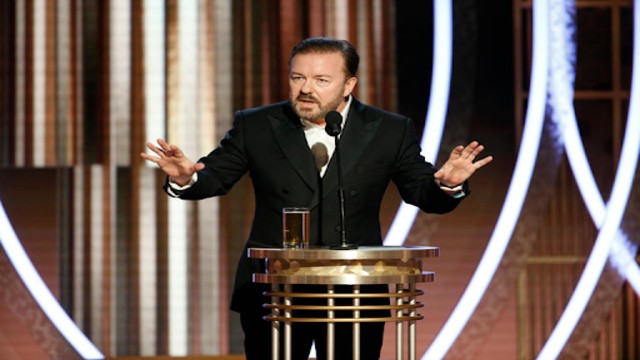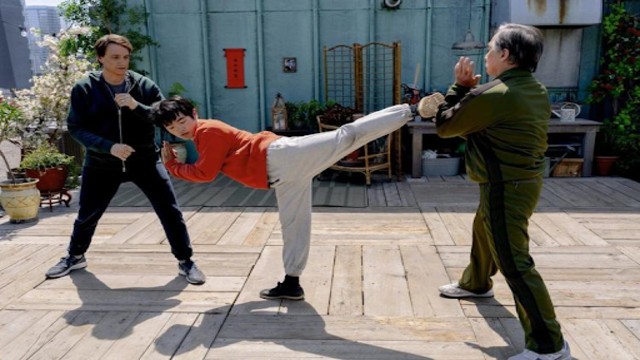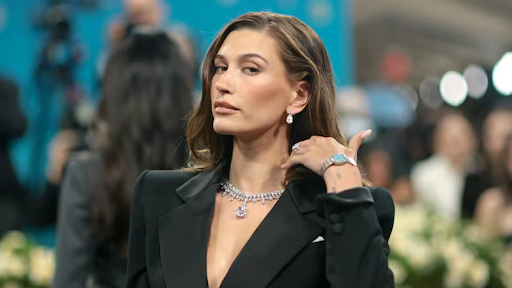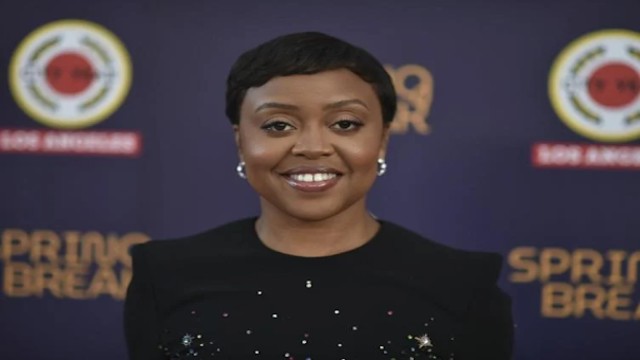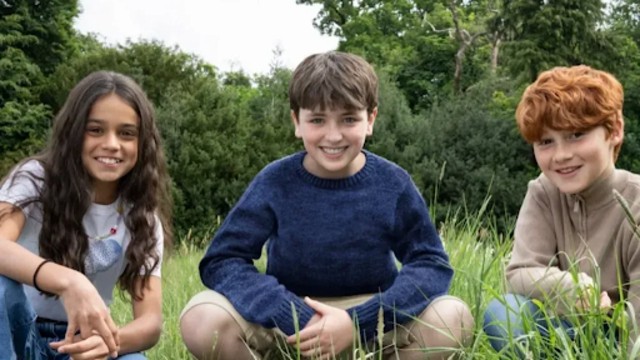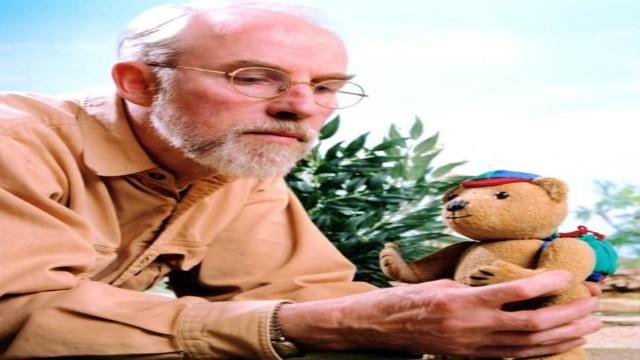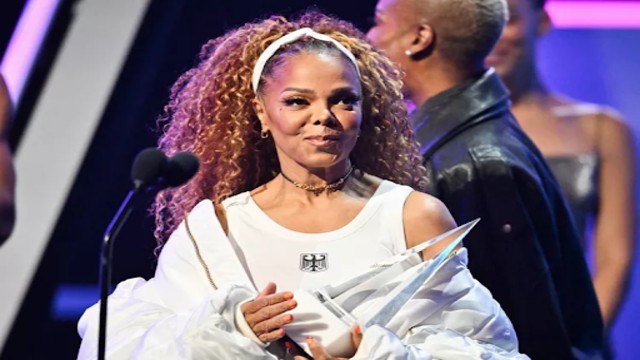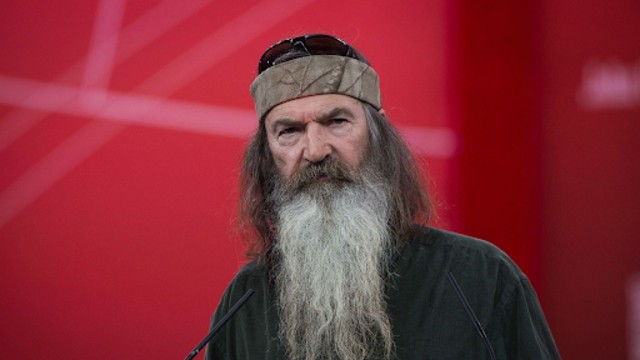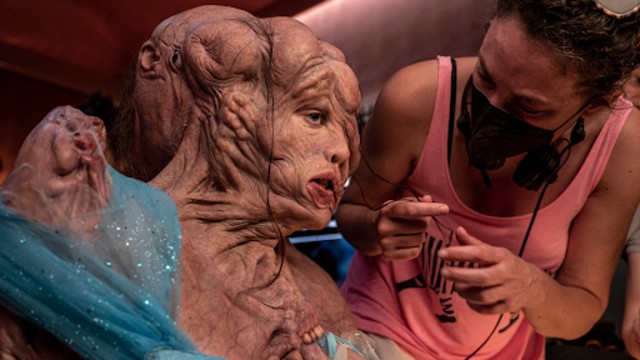
Margaret Qualley in 'The Substance'. MUBI
A new wave of feminist body horror is reshaping indie cinema. Female filmmakers are blending grotesque imagery with thought-provoking themes like bodily autonomy, beauty standards, and social pressures. These films are not only earning critical acclaim but are also making a significant mark commercially.
The Breakout Success of The Substance
One of the most successful examples is The Substance, directed by Coralie Fargeat. This indie horror sensation has grossed $77 million worldwide and earned five Oscar nominations. The film follows Elisabeth (played by Demi Moore), a former celebrity who takes a mysterious drug to regain her youth. The transformation results in her splitting open, revealing a younger version of herself (played by Margaret Qualley). The movie satirizes Hollywood’s obsession with youth and directly references figures like Harvey Weinstein, making it a timely reflection on power, aging, and gender in the film industry.
A Growing Movement in Horror
Fargeat’s film is just one of many in the genre. Sundance’s Midnight screenings showcased The Ugly Stepsister, directed by Emilie Blichfeldt, which reimagines the Cinderella tale with brutal cosmetic surgeries. Grace Glowicki’s Dead Lover took a darkly comedic turn, following a gravedigger’s desperate attempts to resurrect her partner. Meanwhile, at the Berlin Film Festival, Mother’s Baby by Johanna Moder explored psychological horror, questioning the identity of a mother’s newborn. Another Berlin entry, Honey Bunch, co-directed by Madeleine Sims-Fewer and Dusty Mancinelli, dissected a toxic relationship through body horror elements.
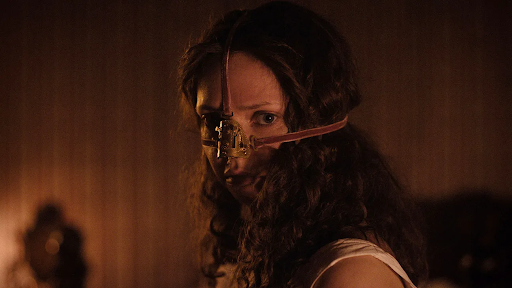
Lea Myren appears in ‘The Ugly Stepsister’ by Emilie Blichfeldt. Marcel Zyskind/Courtesy of Sundance Institute
At the European Film Market, feminist horror continues to gain traction. Films like The Blood Countess, starring Isabelle Huppert as a vampiric noblewoman, and Diamond Shitter, a thriller about a woman who absorbs gemstones, reflect the genre’s growing influence.
A New Generation of Female Directors
Industry experts credit French filmmaker Julia Ducournau with shaping this movement. Her 2016 film Raw, a coming-of-age cannibal horror, was a breakout hit. She followed it up with Titane, a surreal body horror film that won the Palme d’Or at Cannes in 2021.
Ducournau, Fargeat, and Blichfeldt all cite David Cronenberg as a major inspiration. Cronenberg’s films, like The Fly and The Brood, explored grotesque bodily transformations. However, while classic body horror often depicted the body as an enemy, feminist body horror embraces it as both a battleground and a source of power.
Horror as a Reflection of Society
Critics believe the rise of feminist horror is closely linked to current social issues. The Substance, for example, resonates in a post-#MeToo era, where many women feel disillusioned with the movement’s impact. As critic Hannah Strong notes, “The representation of women in Hollywood is still lacking, and films like Titane and The Substance feel like a reaction to that frustration.”
The Future of Feminist Horror
This wave of female-led body horror is proving to be more than a niche trend. With films crossing into the mainstream and even earning Oscar recognition, the genre is no longer confined to underground or arthouse audiences. As Fargeat puts it, “The female experience is an endless reservoir for body horror.” With more female directors telling these stories, the genre is expanding in bold and unexpected ways.




